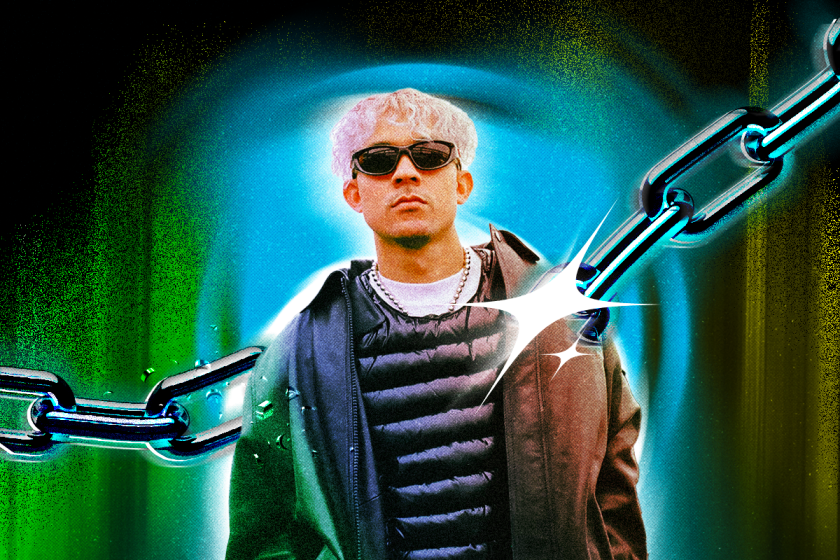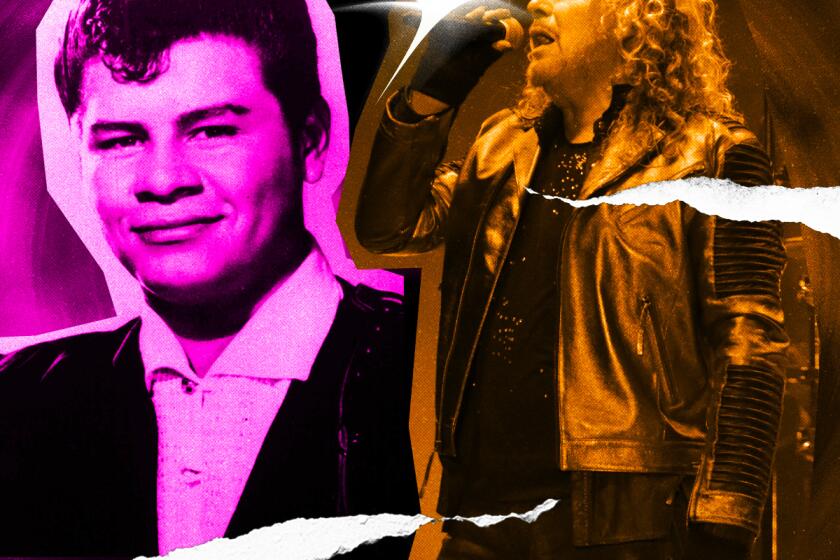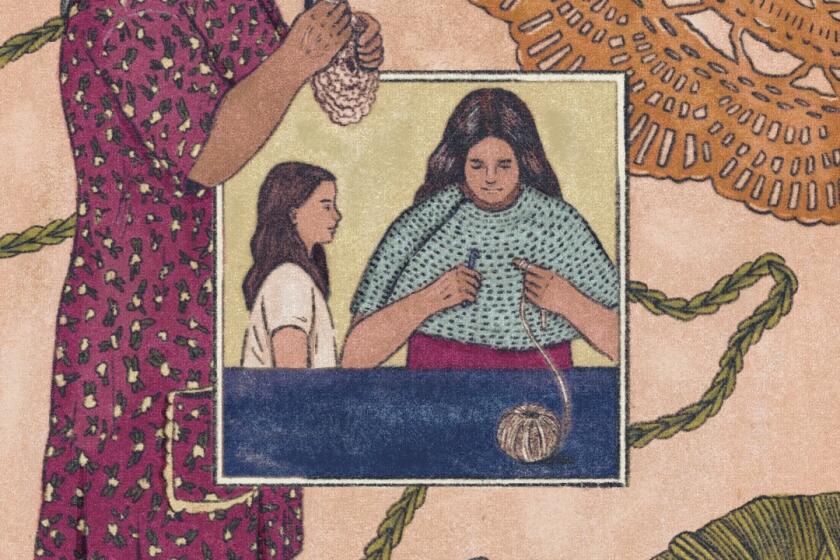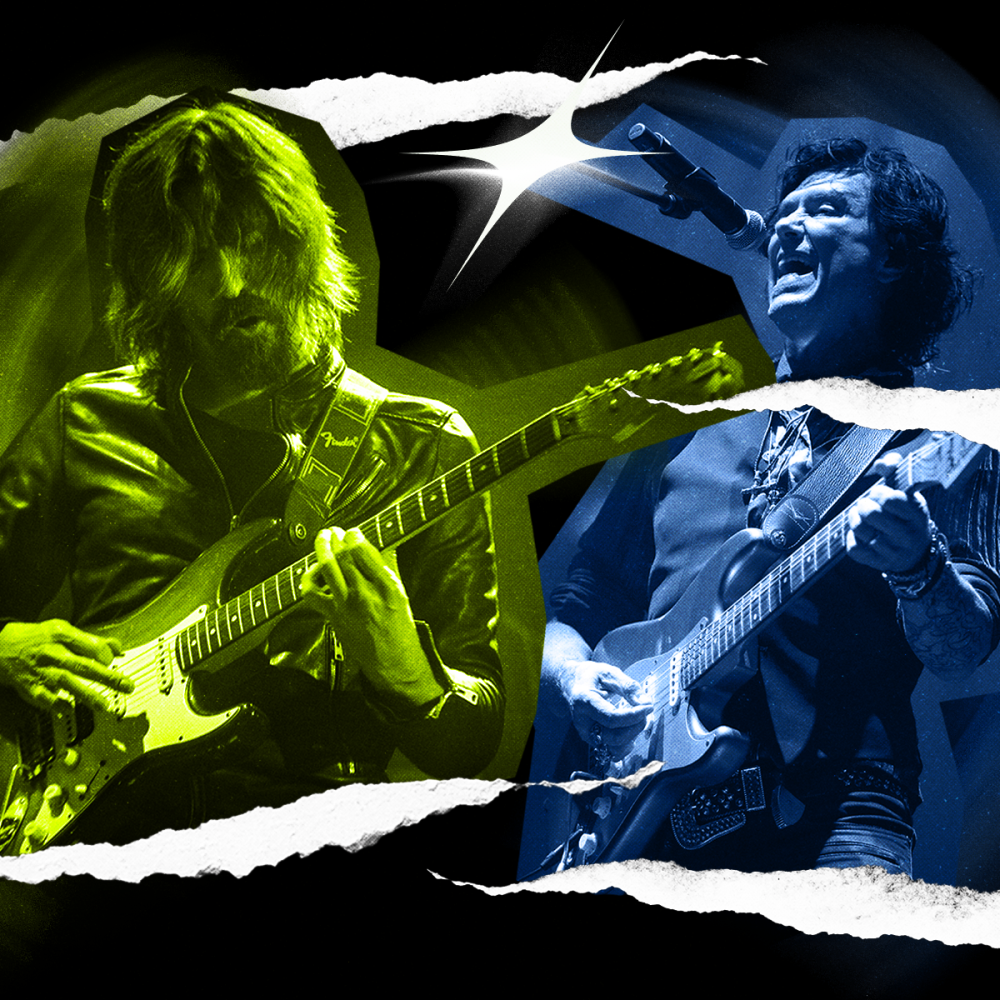
- Share via
The mere mention of rock en español invokes sonic memories for Latines of different generations. Bands like Argentina’s Soda Stereo, Mexico’s Caifanes and Chile’s Los Prisioneros have become part of the collective playlist, while songs like “Música Ligera,” “Viento” or “Tren al sur” can be heard playing loudly at any gathering, be it a party yardero or the most stylish wedding.
Rock en español is an umbrella term for music and bands of different genres and styles hailing from various countries throughout the Americas, Spain and U.S. Latine communities. Not only do these bands sing in Spanish, but their sound, lyrics, image and even clothing reflects a strong Latine cultural influence.
In Southern California, members of younger generations learned about this music from their parents, tías and tíos. These songs have made us sing and dance, but what about their lyrics? More significantly, what do we know about the sociopolitical context in which these songs were created?
From working with Bad Bunny to being inspired by anime, Tainy takes us behind his new album, ‘Data.’
Rock en español in Southern California generated a vibrant “Rock Angelino” scene that brought together Latin American immigrants and U.S.-born Latines of different generations. Bands like Eclipse, María Fatal, Los Olvidados, Las 15 Letras and dozens of others emerged from this distinct scene.

From the 1970s to 1990s, many Latin American countries such as Argentina and Chile came under the control of repressive dictatorships and Mexico was ruled by an authoritarian political party for decades.
In societies with few outlets for dissent and heavy censorship, rock en español became part of a broader cultural front that used ingenious ways to denounce authoritarianism and the brutality of the “Dirty Wars,” in which thousands of primarily young people disappeared or were incarcerated. The concerts, held under the threat of arrest, became potent acts of defiance where demands for more democratic and equitable societies were articulated.
We asked our Instagram followers to share their favorite rock en español songs. Here is what they had to say.
For many Latines born in the United States, the discovery of rock en español in the 1990s allowed them to develop their own cultural connections to Latin America.
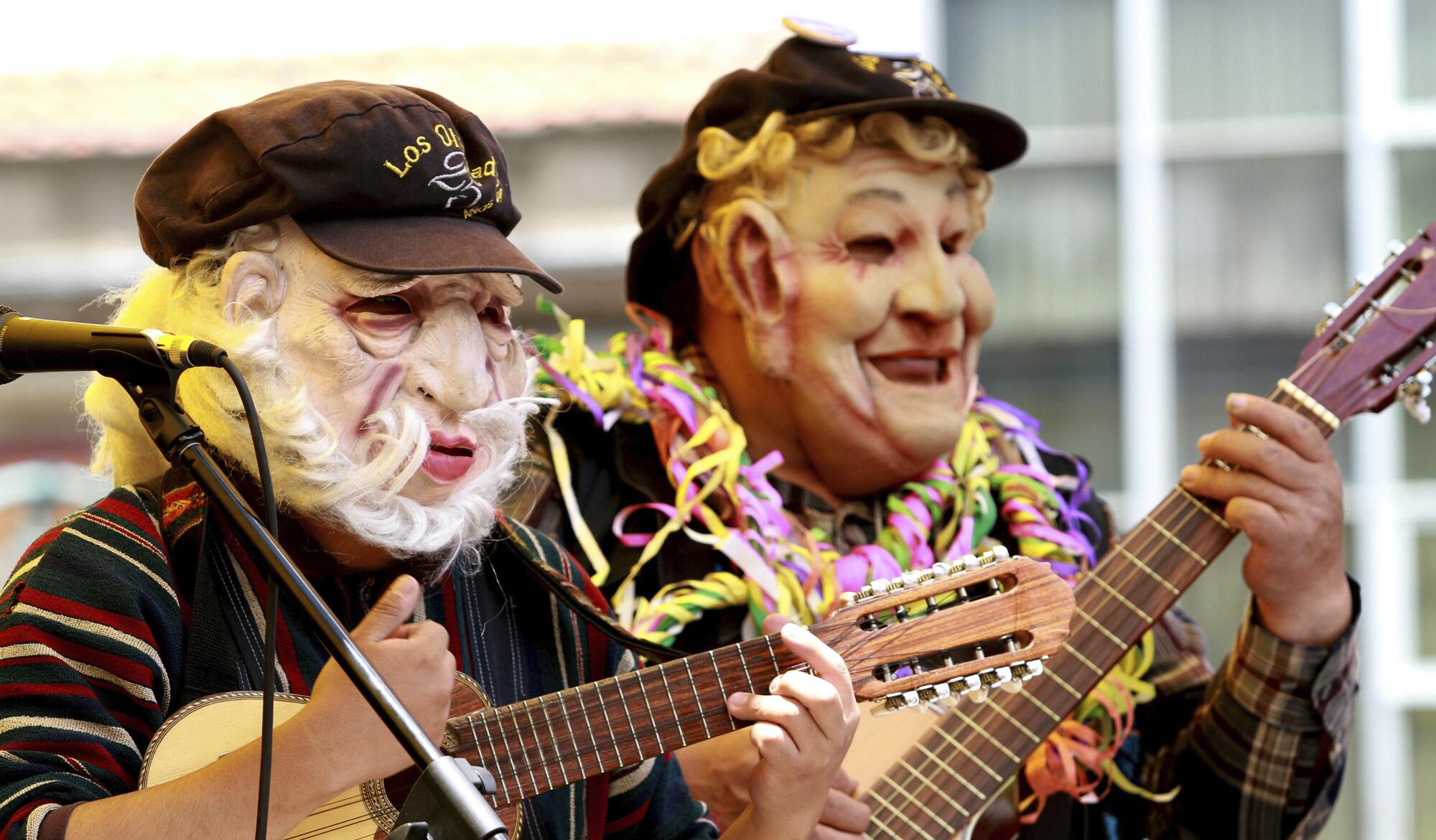
Rock Angelino was a central part of life for many Latin American immigrants and U.S.-born Latines. This was also an era of change in Southern California. From the 1980s to the ’90s, Los Angeles County’s population saw a decrease in white residents and the emergence of a nonwhite majority, with Latines being the largest nonwhite ethnic group.
This rise of Latine residents in L.A. County came about because an increasing number of Latines were being born in the U.S., and because of increased immigration from Mexico and Central America generated by the implementation of neoliberal policies.
With every stitch, every loop and every turn of the hook, I carry the legacy of my great-grandmother and my mom, as well as the cultural history of Mexico.
In the case of Mexico, the North American Free Trade Agreement transformed the country’s economy and made daily life economically precarious for many Mexicans. Conversely, California received thousands of Central American immigrants fleeing the violence of civil wars in El Salvador and Guatemala and other Cold War proxy conflicts in the region.
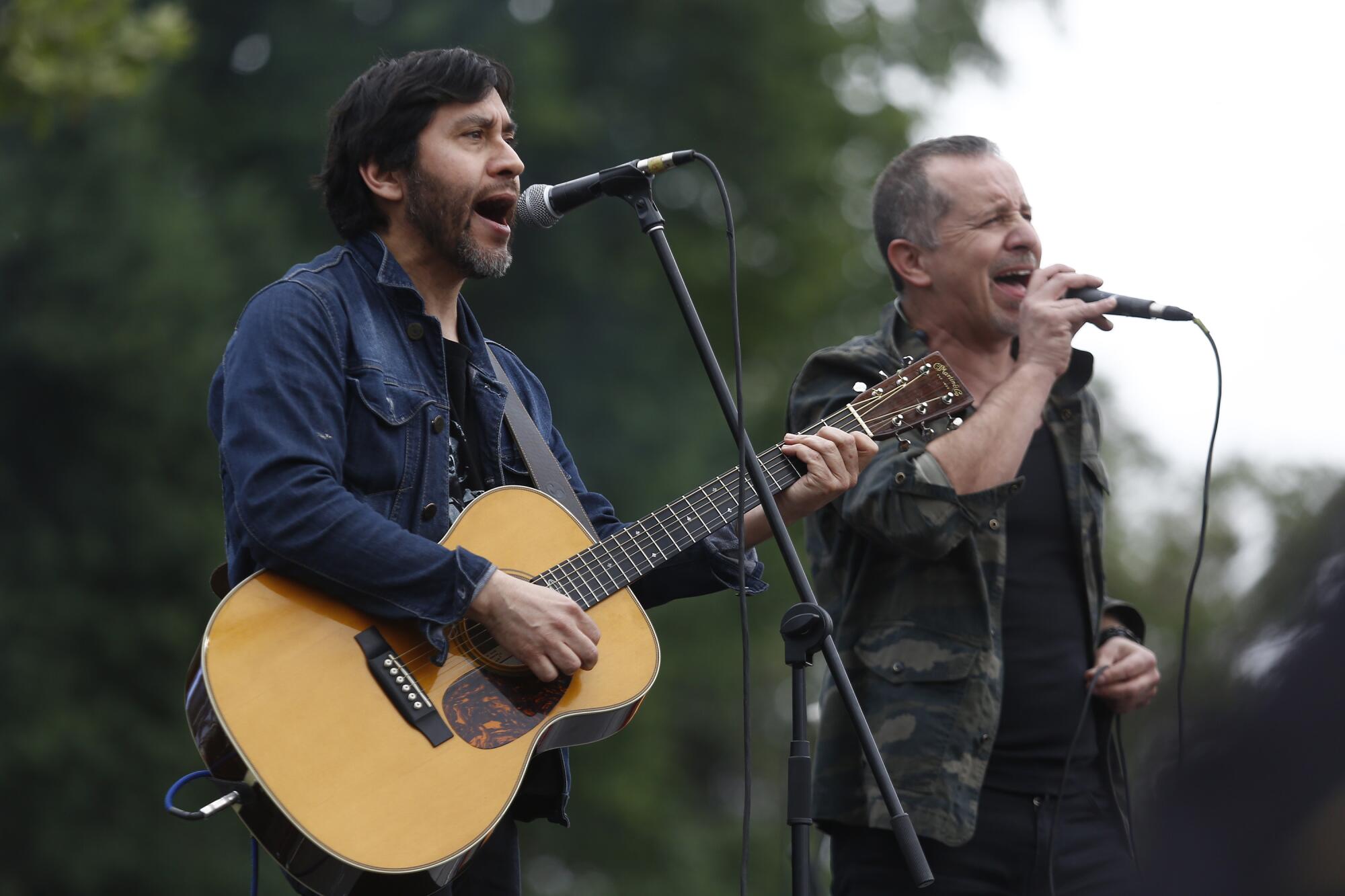
The growth of California’s Latine population heightened economic anxieties and racial tensions, resulting in a relentless anti-immigrant social and political backlash. The most poignant example was Proposition 187, an electoral initiative championed by then-Gov. Pete Wilson in 1994. It was in this social, economic, racial and political moment that through music, Rock Angelinos pushed against the anti-immigrant rhetoric and simultaneously advocated for equality and social justice in the U.S. and in Latin America.
The chronological distance from these decades enables us to better understand the meaningful impact of this music genre in Latin America and within U.S. Latine communities. Rather than just waxing nostalgic about some great songs of a bygone era, it is critical to reflect on their legacy and on how to rekindle the promise of more inclusive and efficient democratic societies.
Why playing the stereotypical Latino role as a criminal is not a problem for some Hollywood actors.
There’s much to learn about the history of a hemisphere and the democratic desires of the societies in the Americas, and it can all start with us listening closely (and dancing to) a three-minute rock en español song.
Jorge N. Leal is an assistant professor of history at UC Riverside. He’s the curator of the “Rock Archivo de L.A.” and co-creator of the podcast series “The Discursive Power of Rock en Español and the Desire for Democracy.”
More to Read
The Latinx experience chronicled
Get the Latinx Files newsletter for stories that capture the multitudes within our communities.
You may occasionally receive promotional content from the Los Angeles Times.

